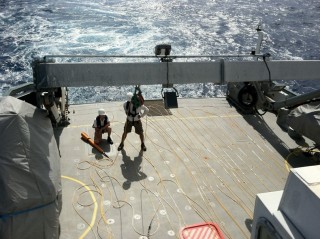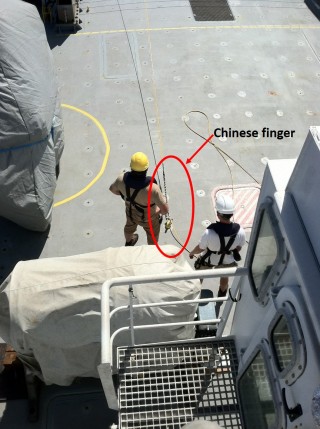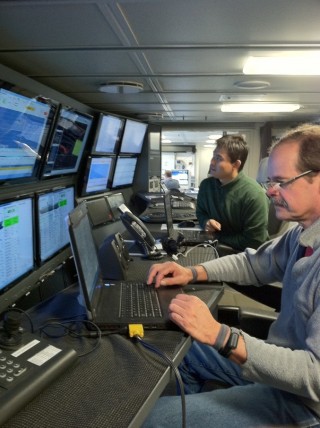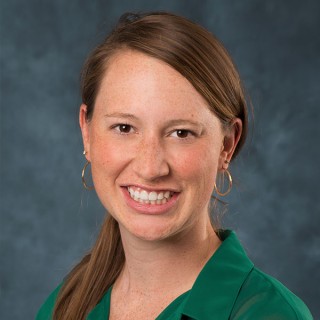
Hello from the high seas, I am Rachel Edwards, the fortunate recipient of Schmidt Ocean Institutes’ Student Opportunity berth for the magnetic anomalies cruise.
This year, Schmidt Ocean Institute started a student opportunities program, and this is the second cruise to host a student. The goal of this program is to offer students a chance to take part in meaningful oceanographic research and science communications. I will be serving as the liaison between the science and outreach, offering a student’s perspective of what is happening on board and why it is important. This is quite an adventure since prior to this expedition I had never been further west than Wyoming, nor had I ever been overnight on a research vessel. So, keep up with me on the weekly Student Opportunity blog posts throughout the cruise. To begin, let me share a little bit about myself.
About me

I am Rachel Edwards and in the second year of my Masters of Science degree at Texas A&M University- Corpus Christi’s Coastal and Marine System Science program. I work as a research assistant for Dr. Jim Gibeaut in Harte Research Institute’s Coastal and Marine Geospatial Lab. My thesis aims to analyze how different policies, if implemented at present, could affect areas around Galveston Bay by 2100. Prior to moving to Corpus, I studied geography and marine science at the University of North Carolina where I graduated with my bachelor’s degree.
Working with a magnetometer

One of the objectives of this expedition is to collect magnetic data using a magnetometer. Tuesday morning, “Maggie” the magnetometer, was deployed into the ocean. Maggie is attached to a cable and dragged behind the ship. To deploy Maggie, the crew first has to lay out all 280 meters of cable in a serpentine pattern along the back of the ship to guarantee that it is free of knots and can be deployed safely. The cable’s length must be twice the length of the ship to ensure that the magnetometer isn’t confused by the ship’s magnetic field. Once this is done, the deckhands then secure Maggie to the cable and walk the line until it is all deployed. To secure Maggie to the ship, shackles are screwed into eye bolts built into the deck. Similar to how Chinese finger traps work, a finger is used to attach the cable to the shackles. The harder you pull against the cables restraint, the tighter the restraint holds on. As a precaution, another shackle is attached to the cable and the tether is inspected every 30 minutes to confirm that it is still attached and in good working order – you can never be too safe!
Student participation

The magnetometer is just one of the instruments that the scientists and students on board can use to piece together how Tamu Massif was formed. When using bathymetric mapping and magnetometers, watches are needed to make sure the data is being collected accurately. Luckily, I am one of eight students on board, and this large task in shared amongst the students who are assigned a six hour watch in the control room daily.
John Neese, a PhD student from the University of Hawaii, and I have watch from 3-6 am and 3-6 pm. Our job while on watch is to record several measurements every half hour including Falkor’s heading, longitude, latitude, speed, magnetometer readings, and depth. This information is necessary to have on file in case there are issues processing the data.
This is my first installment of the Student Opportunity blog aboard R/V Falkor. Stay tuned to read about the Tamu Massif expedition as I check back in once a week.

